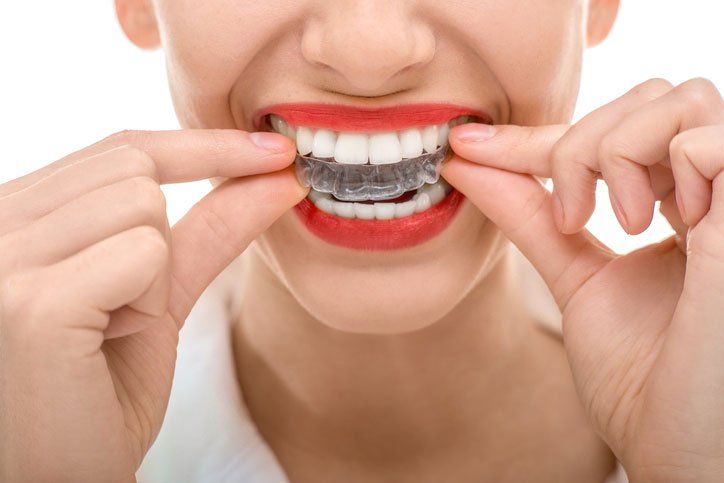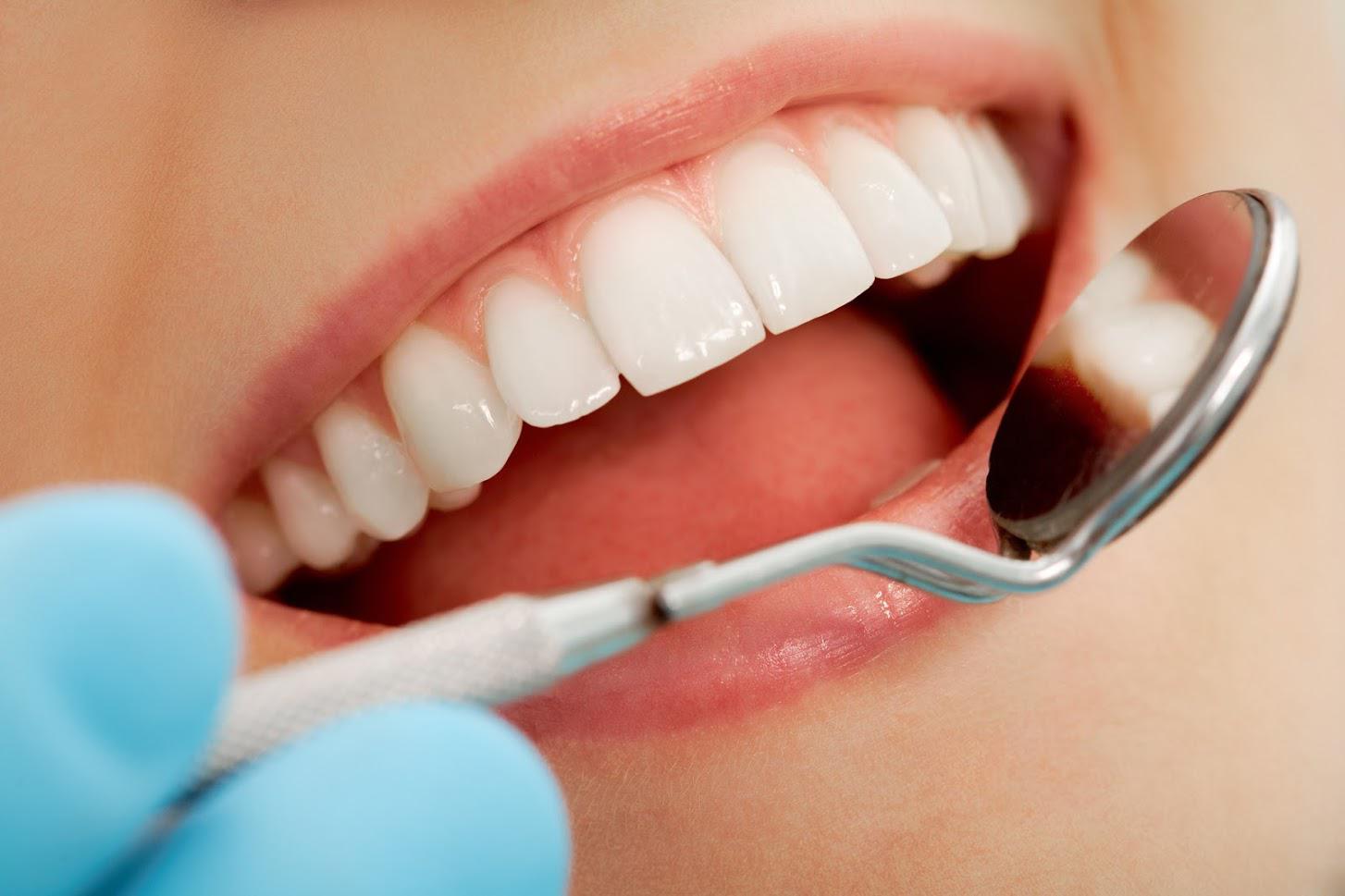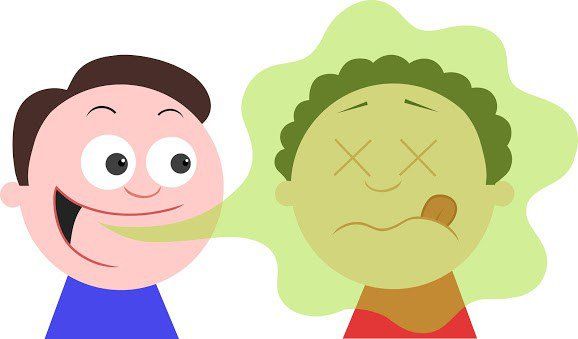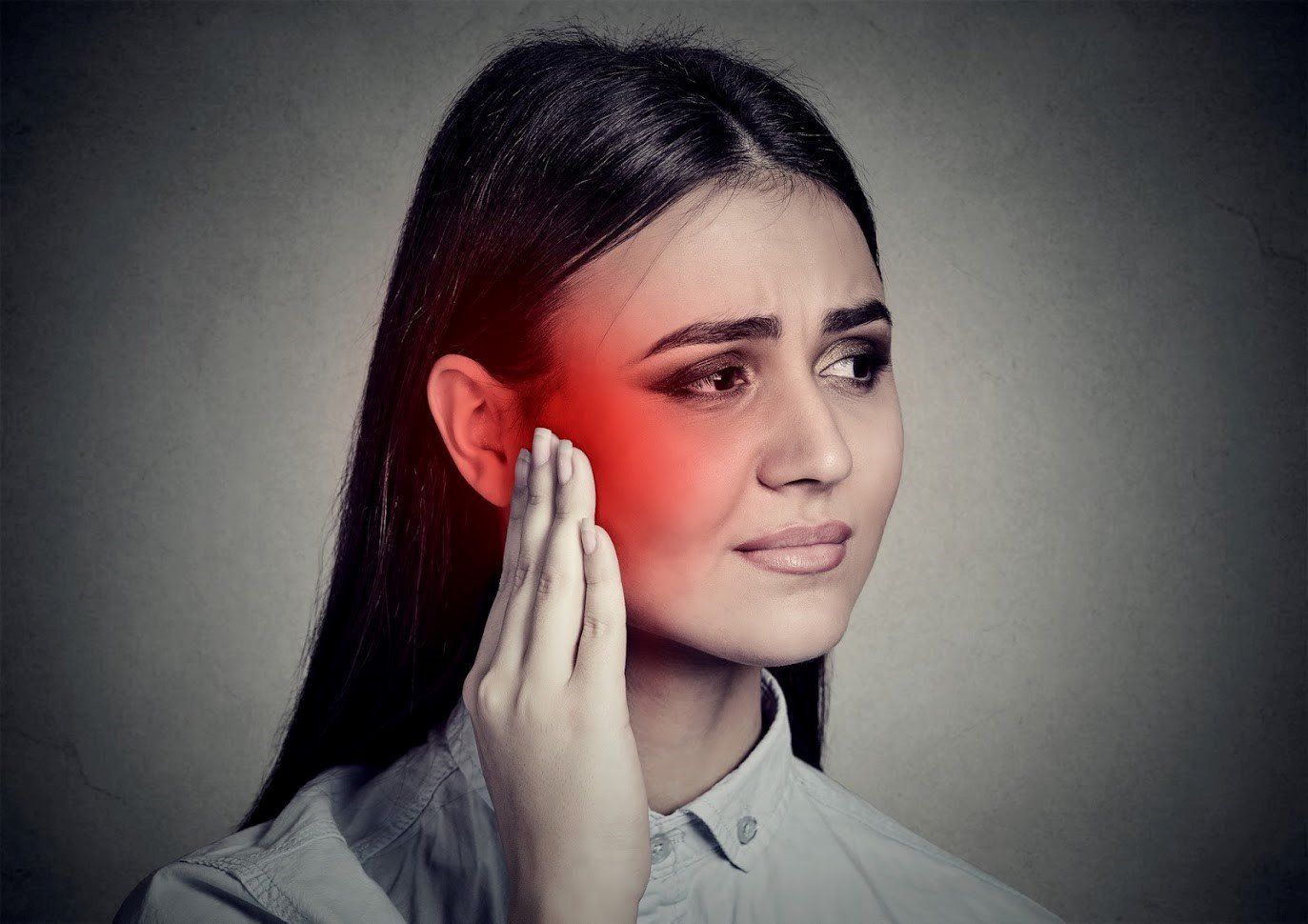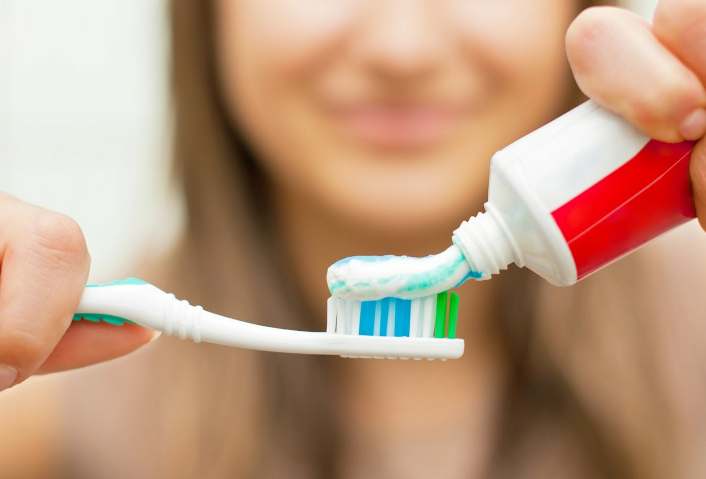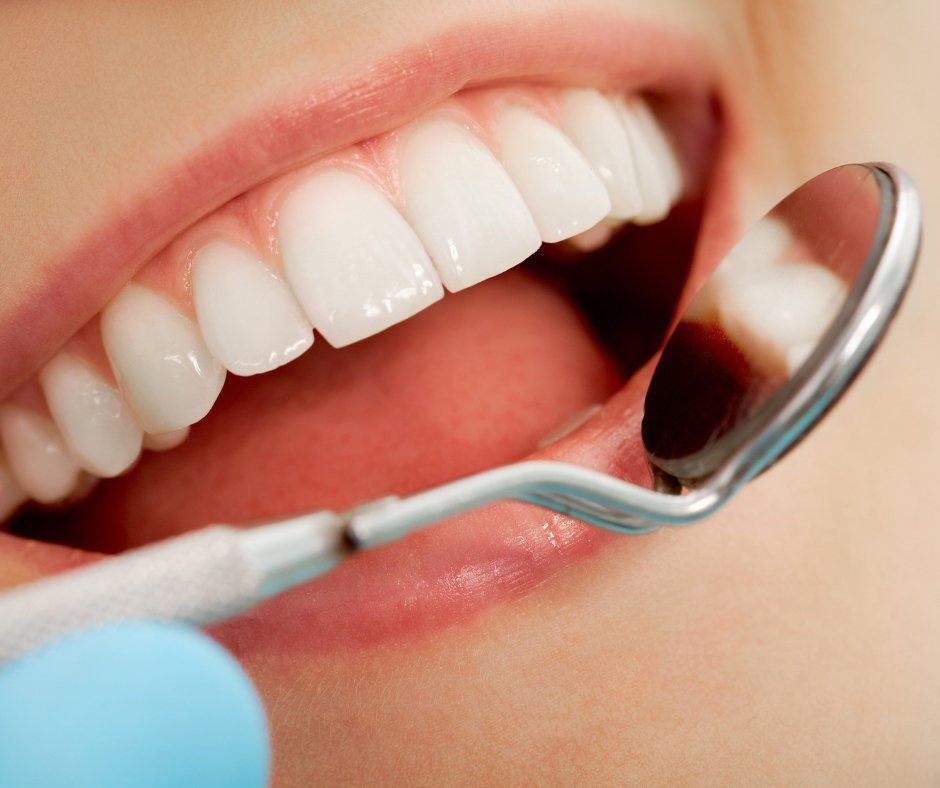Do You Have a Cavity or Tooth Infection?
- By Admin
- •
- 04 Mar, 2020
- •
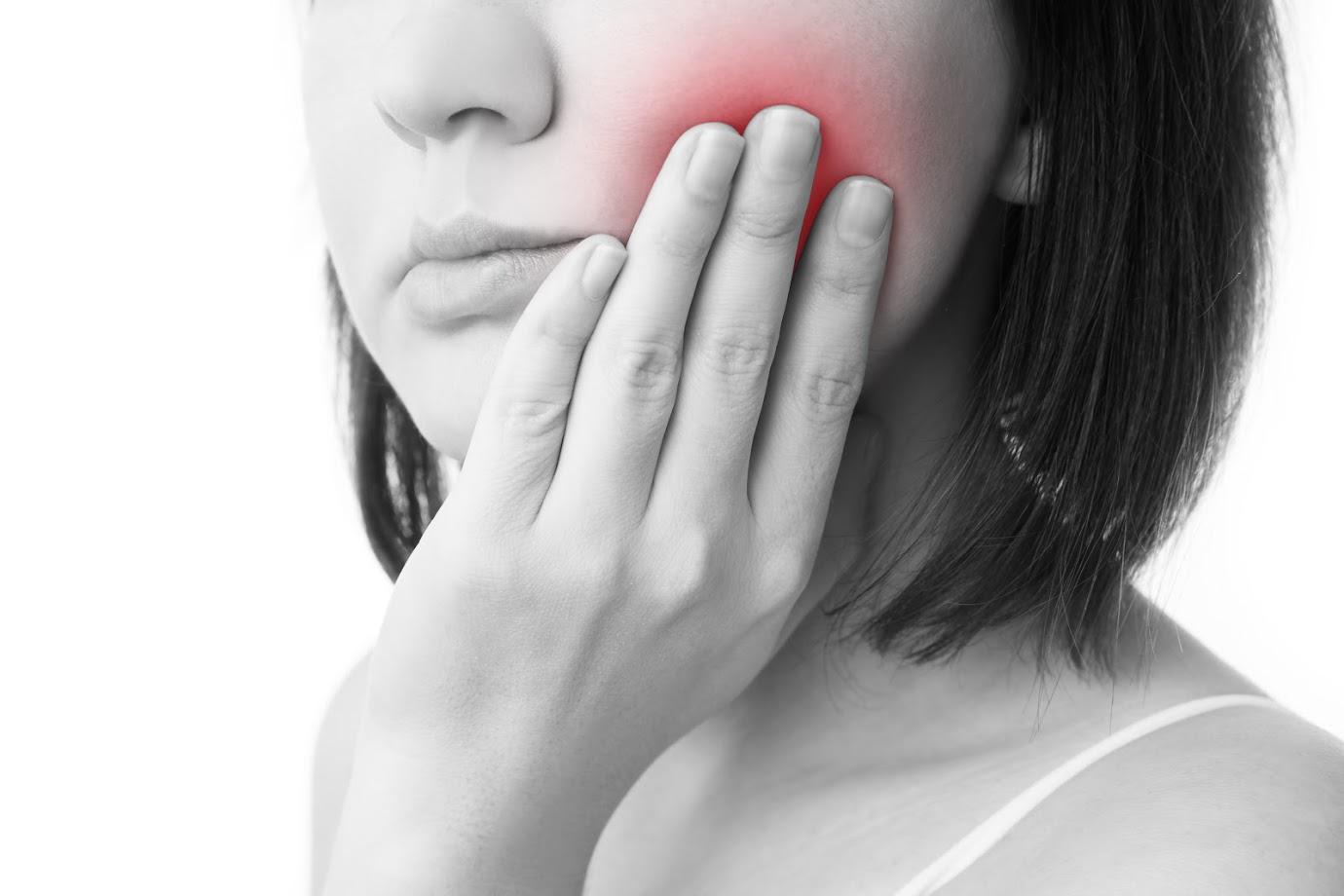
When your teeth hurt, it's not fun. Eating, speaking, and just living your life can be painful. But is your tooth pain caused by a cavity or an infection? If you would like to know more about types of oral pain, you can learn more in this blog.
What Causes Cavities?
Cavities occur when acids from bacterial waste break through the tooth enamel. Once the bacteria and acids reach the dentin (the second layer of the tooth), decay occurs quickly. The affected tissue cannot be repaired. There more sugary foods and drinks you consume, the higher the risk of cavities. Dry mouth, heartburn, inadequate brushing, and not enough fluoride increase the risk of cavities.
What Causes Tooth Infections?
A tooth infection occurs when the pulp of the tooth (the part that houses the blood vessels and nerves) becomes infected with bacteria. This can happen due to severe tooth decay if the cavity reaches the tooth's pulp. However, other causes include trauma to the tooth or a damaged filling.
Both these situations can create tiny holes leading to the pulp. Bacteria from severe gum disease can also get into the tooth's pulp to cause infection.
What Are the Symptoms of a Cavity?
Some cavities are visible, appearing as black or brown holes, pits, or stains. When you have a cavity, the tooth also becomes extremely sensitive because of the missing enamel. The pain may increase when your teeth are exposed to hot or cold food, beverages, or air. Sugary foods can also irritate the cavity, leading to pain and discomfort.
What Are the Symptoms of a Tooth Infection?
A tooth infection is harder to spot because you can't see inside the tooth's pulp. However, there are many exterior signs, such as swelling, redness, and visible pus. One of the easiest ways to determine if you have an infection rather than a cavity is to use water.
Take a mouthful of lukewarm water and swish it around the tooth. If you have an infection, the cool water will help reduce inflammation. If this works, you can continue to relieve inflammation with a cold compress outside the mouth.
How Is a Cavity Treated?
Small cavities are removed with a drill and replaced with a small tooth-colored filling. However, if you have a larger cavity, your dentist may suggest an inlay, onlay, overlay, or pinlay. They are dental prosthetics that are like a cross between a filling and a dental crown.
This is a great way to replace big cavities or fillings because big traditional fillings weaken teeth. Getting an inlay or onlay may prevent the need for additional procedures such as a dental crown to strengthen a weakened tooth with big filling.
How Is an Infected Tooth Treated?
Infected teeth can only be treated by removing the infection and affected tissue. The easiest way to do this is with extraction. The dentist simply removes the entire tooth, which will stop the pain, but it means losing a tooth. While there are tooth-replacement options, none are free, and none are as good as real teeth.
The other treatment is root canal therapy. During this procedure, the tooth's pulp and the infection is removed, saving the tooth. There is a risk of failure or re-infection, but it is rare. Your dentist will suggest using a dental crown after the root canal procedure to strengthen the tooth.
Cavities and tooth infections cause pain and need to be treated before they lead to more serious complications. A small cavity can lead to a destroyed tooth, and an infection can spread to other parts of the body. If you would like to know more about cavities and infections or if you need treatment, contact us at Michael G. Landy DDS today.





